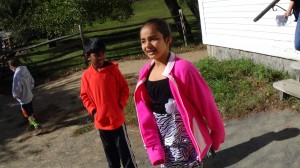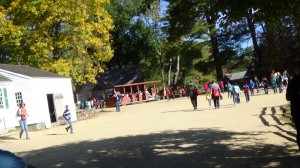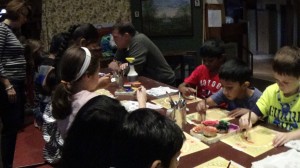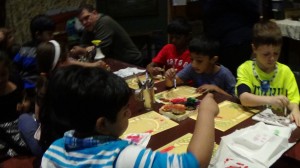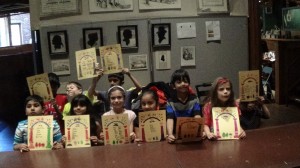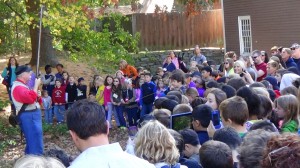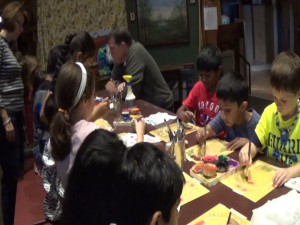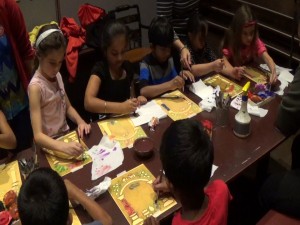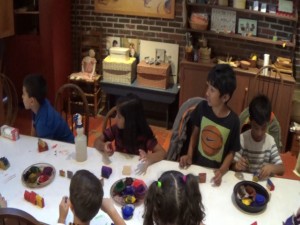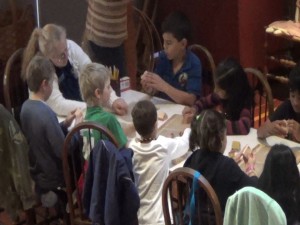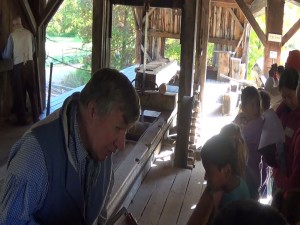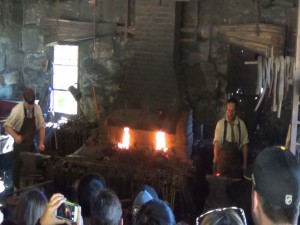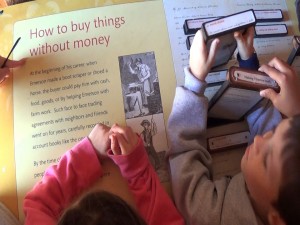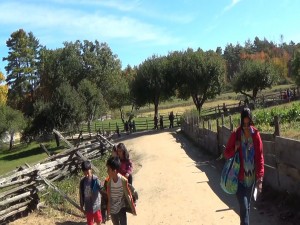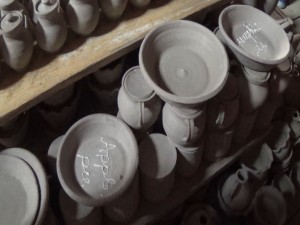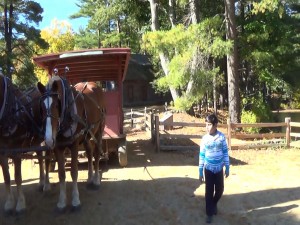Posted by kavery508 | Posted in Uncategorized | Posted on October 13, 2014
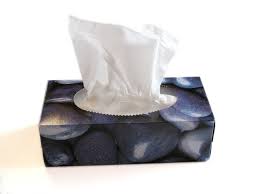 Thanks to those who have sent in boxes of Kleenex. We can use lots more to get us through winter so please send one or more boxes if you haven’t. I’ll be working hard to keep our classroom a healthy place this year!
Thanks to those who have sent in boxes of Kleenex. We can use lots more to get us through winter so please send one or more boxes if you haven’t. I’ll be working hard to keep our classroom a healthy place this year!
 Our trip to OSV was outstanding! Thank you for your help beforehand. Thanks, too, go out to our chaperones who kept us safe, engaged, and on-track all day. We were in good hands! Everything went off without a hitch, freeing us up to interactively learn about economics long ago and today.
Our trip to OSV was outstanding! Thank you for your help beforehand. Thanks, too, go out to our chaperones who kept us safe, engaged, and on-track all day. We were in good hands! Everything went off without a hitch, freeing us up to interactively learn about economics long ago and today.
Ask your child about the good s/he produced during the hands-on activities. Is a want or a need? (in economics, only food, clothing, and shelter are considered needs) Who might be a consumer for the good that s/he produced? Using the language of economics is a good way to continue to develop understanding. In addition, engage your child in similar discussions as you shop in town and online.
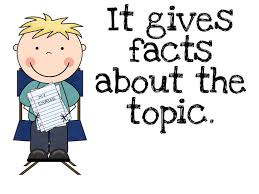 We will use our schema from this trip as the basis for our next round of Informative Writing. This genre of writing requires students to organize statements of fact around a main idea, to give reasons and examples to evidence their thinking, and to present their argument logically in order. As before, targeted writing lessons will be given to students to improve clarity; run on sentences; upper/lowercases; punctuation; and editing.
We will use our schema from this trip as the basis for our next round of Informative Writing. This genre of writing requires students to organize statements of fact around a main idea, to give reasons and examples to evidence their thinking, and to present their argument logically in order. As before, targeted writing lessons will be given to students to improve clarity; run on sentences; upper/lowercases; punctuation; and editing.
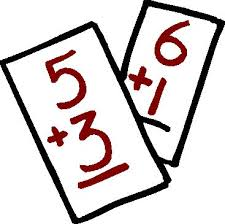 How is math fact practice going? At some point try using flash cards, creating practice quizzes, and using Xtra Math. Remember, it can take some time for students to improve their time enough to pass quizzes at a particular level. Our first quiz is this Friday.
How is math fact practice going? At some point try using flash cards, creating practice quizzes, and using Xtra Math. Remember, it can take some time for students to improve their time enough to pass quizzes at a particular level. Our first quiz is this Friday.
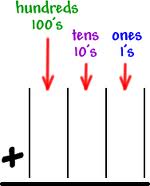 This week we’ll wrap up Chapter 2. We will review and practice regrouping in the 1s and 10s. We’ll also spend time reviewing problem solving by focusing on what the problem is asking; ways we might go about solving it; and how we can show our thinking with number models, diagrams, and/or pictures. When solving problems during homework (especially if doing the challenge problems), remind your child to do the same.
This week we’ll wrap up Chapter 2. We will review and practice regrouping in the 1s and 10s. We’ll also spend time reviewing problem solving by focusing on what the problem is asking; ways we might go about solving it; and how we can show our thinking with number models, diagrams, and/or pictures. When solving problems during homework (especially if doing the challenge problems), remind your child to do the same.
A note about math tests: Because the program is new, we are still analyzing the effective usefulness of the Chapter Tests, called Test Prep. These tests assess students at somewhat higher levels than during daily work. It has been decided that analysis will be ongoing this year, and while students will all take these tests and receive a score, they will not necessarily be used to monitor student progress for report cards. Therefore I will be holding these tests here at school. In their place, I will be assessing students with a different document called Chapter Review/Test. Starting this week, this will be given, scored, and sent home.
Our reading focus this week is on using Fix Up Strategies for when readers encounter unknown words. This is both a strategy for improving comprehension as well as accuracy. In grade 2, we teach readers to: Ask what makes sense (this one is HUGE); Look for words/parts of words you know; Say the first sound(s); Get a running start by rereading the sentence up to that point (this should help kids by guessing what sounds right there); and Chunk the word (break it into parts they can read). Any one of these makes a great prompt when your child gets stuck reading at home. You’ll notice that “Sound out the whole word” isn’t on the list. That’s because that strategy comes later once students know most vowels, blends, and phonemes (for example, think of what a reader must know to sound out a word like permission).
Thanks for your continued work as partners in your child’s education! It’s inspiring to see the level of home support these young scholars receive.

